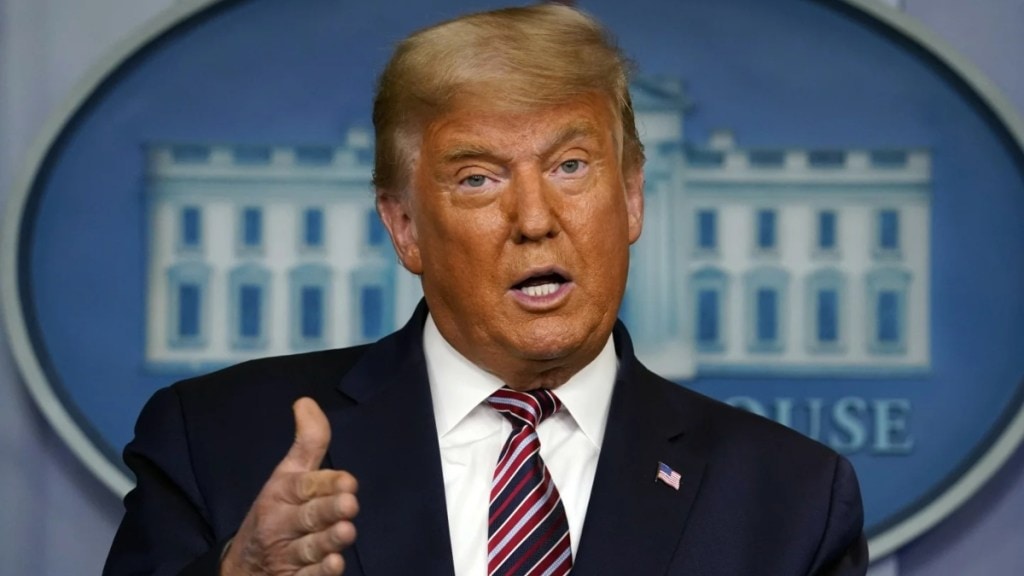A new acronym is making waves on Wall Street — and it’s ruffling feathers in the White House. “TACO,” short for “Trump Always Chickens Out,” has become a shorthand among traders for the market’s reaction to President Donald Trump’s pattern of threatening harsh tariffs before backing down or softening the blow.
The term was brought up during a White House press briefing on Wednesday by CNBC’s Megan Cassella. Trump, visibly irritated, called it a “nasty question” and insisted that his moves were strategic. “It’s called negotiation,” the president said, defending his tariff decisions. “They wouldn’t be over here today negotiating if I didn’t put a 50% tariff on Europe.”
What is TACO and its market impact?
The phrase was coined by Financial Times columnist Robert Armstrong in early May. It describes a recurring market pattern: stocks dip sharply after Trump makes tariff threats, only to rebound once he delays or reduces the duties. Since Armstrong’s column, the Trump administration has walked back steep import duties on both China and Europe, bolstering investor optimism.
On May 12, Trump announced a 90-day freeze on tariffs of up to 145% on Chinese goods. Then, on May 26, he delayed a 50% tariff on European imports until July. In both cases, financial markets surged following the announcements.
Analysts say the “TACO” mindset is influencing investment strategies. Adam Crisafulli of Vital Knowledge noted in a May 28 research note that investors have grown comfortable with the tariff cycle. “The narrative is growing increasingly bullish,” he wrote, “as investors become more comfortable with the severity of the tariff threat.”
Crisafulli added that while companies have shown resilience, there may be growing complacency. Major retailers like Walmart have warned that tariffs could drive up prices for American consumers. Additionally, Moody’s recently downgraded the US credit rating, citing concerns about the country’s fiscal path.
What Trump said on the TACO criticism?
Trump dismissed the idea that he was backing down. “I ‘chicken out’? I’ve never heard that,” he said. “You mean because I reduced [tariffs on] China from 145% that I set, down to 100 and then down to another number?” The current tariff rate on Chinese imports stands at 30%.
Trump becomes even more unhinged when he hears “TACO” (Trump Always Chickens Out). Share the hell out of this clip. #TACOTrump pic.twitter.com/cfKwmmmNsa
— 💥Arbiter of Cool💥😎✌🏻👊🏻 (@ArbiterofCool) May 28, 2025
He emphasised that extreme initial tariffs were part of a larger negotiating strategy. “You set a ridiculous high number, and then you go down a little bit,” Trump explained. “Even I said, ‘Man, that really got up.’”

